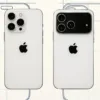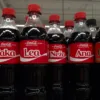Part of Apple's success is also its almost Masonic mysteriousness. We rarely get a glimpse behind the scenes, into the guts of the product, so the behind-the-scenes "accreditation" we got from ex-Apple designer Mark Kawan, which even some Apple employees didn't get before, is like Willy Wonka's golden ticket from Charlie and the Chocolate Factory movie.
Apple in the world of mobile devices sets or dictates trends. His designs are like fashion commandments for other providers. But although we all know what their products look like, we know very little about how it works process of creation. Until now it was mostly just guesswork, everything that was served was carefully measured and filtered through the apple PR sieve. Well, it's not always just "censored" missiles that fly out of Apple, over which they also lose control and when it reverberates, it reverberates all the more. Apple gave us one bite, but we want more. A sticker that was created from guesswork it's not enough anymore. You can no longer put bread crumbs back together.
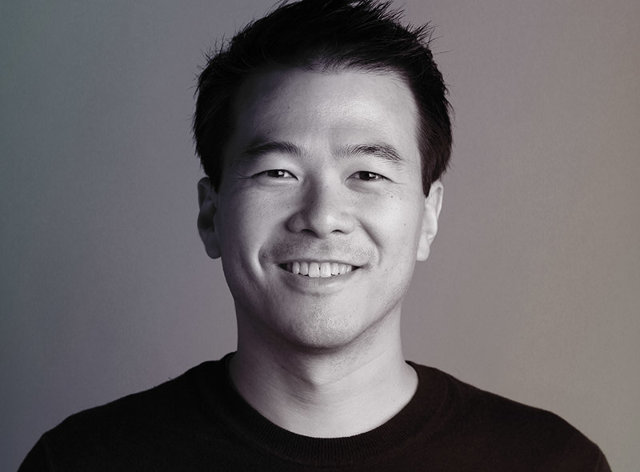
READ IT MORE: Apple's iWatch Coming September 9!
Before it is Mark Kawano established Storehouse was seven years Apple designer. At first he kept watch over the applications Apertures and iPhoto, and later became the "messiah" of external developers iOS apps, which he guided safely to the Holy Land of Apple. Seven years of scraps that spanned the pivotal moments when Apple launched iPhone and there was a "big bang" that gave birth to the application universe, made Kawan the right interlocutor about what apple is and what Apple is not in terms of design.
Myth 1: Apple has the best designers
In the world, or at least among Apple's sheep, there is a belief that it is Apple design (the) best, (the) most beautiful, (the) sexiest and (the) most user-friendly. How come? Movement in the circle of designers from companies coming from the scale Fortune 500, gave Kawan a deeper understanding of this "commandment". Sam says that the key is not so much in the designers themselves, but how Apple operates. The process of creation is always a single organism, a system that breathes as one and where design and engineering work hand in hand. This was not brought to Apple by a director's mandate, e.g. mandate Steve Jobs, this is a mandate that is engraved in the skin of the company and is not tied to a cult or a person. The design is a generator rotor. It is not true that Apple has a campus in Cupertino (California) magic power, it's just a place where designers have a free hand and don't have to elbow their way for their ideas. Here is the design of a "moral authority", not an absolutist who subjugates everything. What makes the difference is that at Apple they come from it and so, for example, technical problems they do not interfere with its form, as is the custom elsewhere.
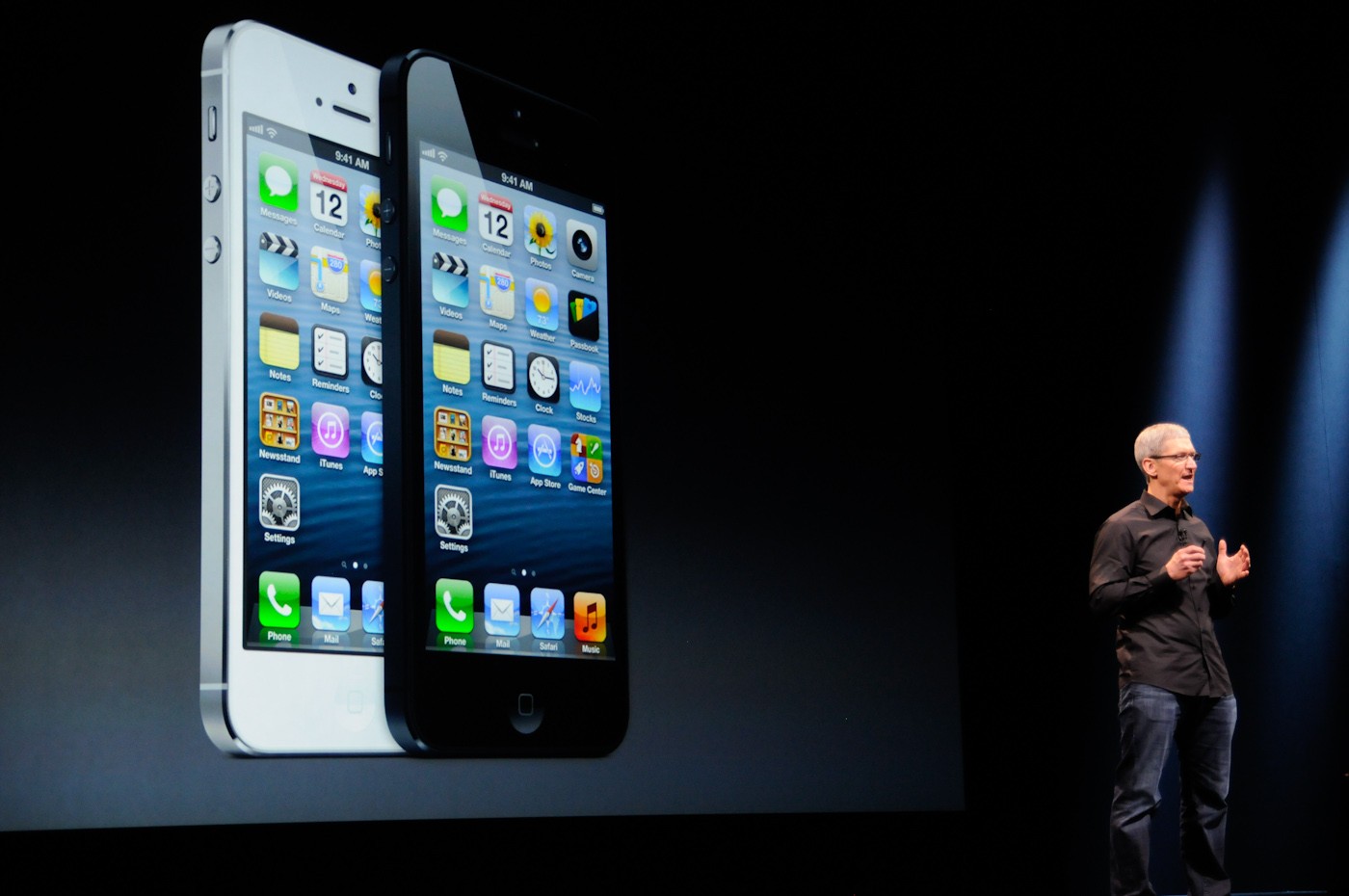
Myth 2: Apple's designers cannot be counted
For a system as big as Apple's, you'd expect na thousands of designers, but the truth is that they only around 100, which is in rank Facebook, but relatively few compared to a thousand Google's. Kawano says that he knows everyone personally, which is probably one of the key reasons for his success, and sums up the previous myth. In addition, Apple almost never hired design specialists. Everyone is a "girl for everything", in charge of either creating icons or creating new interfaces and everything in between. Above all, he invited me to him developers with an affinity for design, which allowed the teams working on the project to meet at the same point. When Apple was even smaller, this type of organizational fabric made even more sense, but today it unfortunately has some "metastases", because Jony Ive, a legend among designers, and now also the head of Apple software, in the redesign iOs week mixed into a well-coordinated team marketing players. Now they are together in the trenches with designers and engineers, which could be the beginning of the end, or at least a big stumbling block for innovation that comes from design itself.
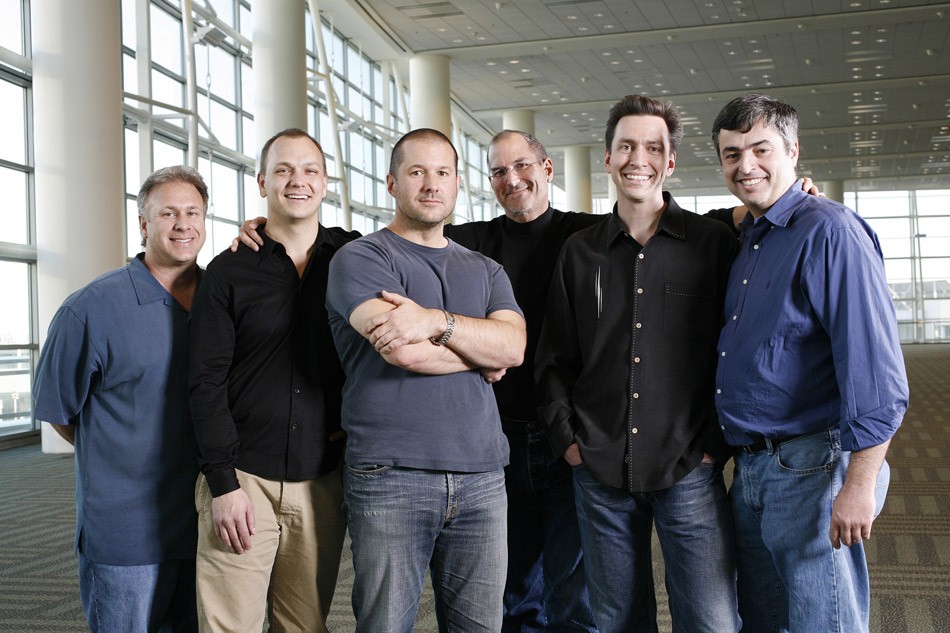
Myth 3: At Apple, every detail is carefully planned
Despite the fact that there are a large number of products on the market that have come very close to Apple in terms of design, it still manages to to stand out. "Keč" is in details, especially those concerning usability. An example. When you type the wrong password, password banner it shakes. These are candies that sweeten user experience and they make a crucial difference even though it is about trinkets. But that's just like life, in the end it's the small moments that count the most, those that may have seemed insignificant at the time. Not all these mini-innovations come about easily, however. It is impossible to create them when the sword of Damocles is hanging over you in the form deadline (deadline). Apple's designers usually come up with ideas in free time, when they are not directly involved in the work process and usually sit on them, like a hen on eggs, until they hatch the natural way. If we push and put the egg (read idea) under the light and want to get ahead of events (read stick to deadlines), then we have something that comes and goes. So you ideas rest, are filtered through time and various processes of formation, perform unannounced tests, and since everyone knows about them, they are available at any time to jump in and solve the situation. But, as Kawano says, if you think Apple is hiding a big one a vault of ideas, you are wrong. The thing is much more bohemian, since it spreads with help oral tradition, which "forces" people to cooperate with each other. So the only place where ideas are is in the back of the brain.
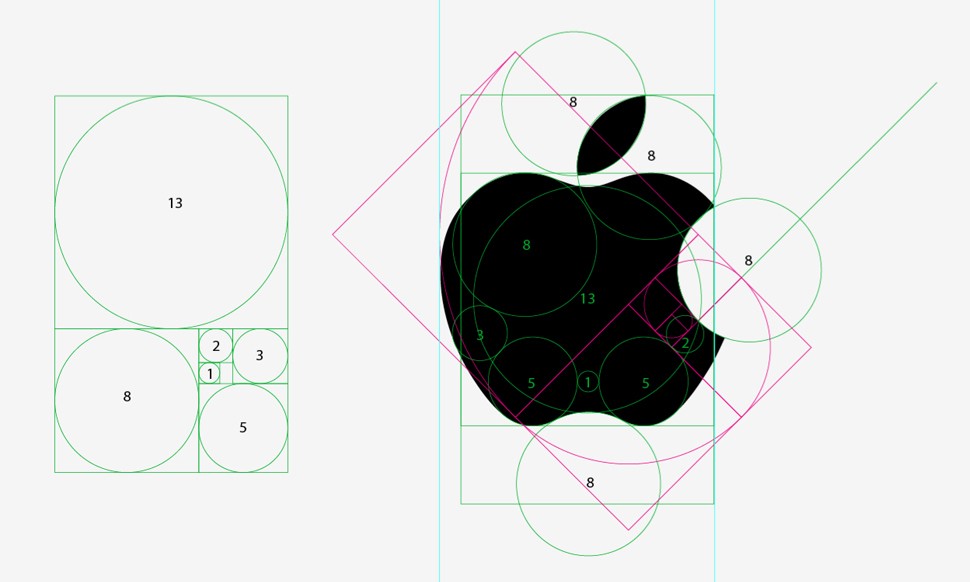
Myth 4: Steve Jobs' passion and drive intimidated employees
He was circulating in Apple's couloirs advice, that the designer must always choose the stairs and not the elevator, because if he meets Jobs there, he will ask him what he does, and only two things can happen: 1. he may find his work desperately and he will fire him, or 2. he will have a project like it and will have to wave goodbye to nights, weekends and holidays because of him. The truth is not far from this, but it should be known that those who welcomed Jobs succeeded in Apple passion and rapture and they became one with the product on which they worked and one with customers. Many of them sacrificed weekends, but many complained that it was not fair. But, like Kawano, they didn't see that the price they were paying for it was really fair, because it was paid off all the user's wishes and needs. An Apple product is bigger than an individual. Jobs was often criticized for this approach, but it was all he wanted the best product, but he expected the same from his employees, so he did not understand or tolerate people who were not ready to give personal interests on Apple's altar.
Mark Kawan
Linkedin profile

